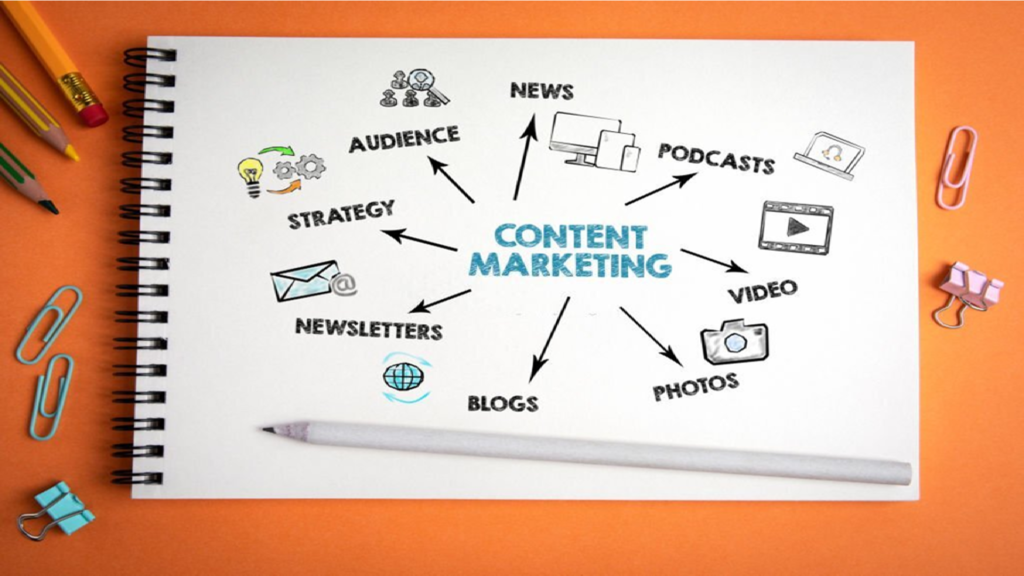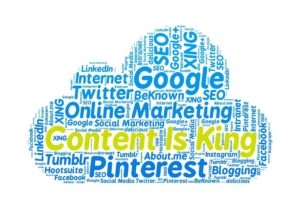First, let us discuss why brand awareness is necessary and how you can make yourself known with a few proven strategies.
Why Brand Awareness?
The most burning question of today’s digital marketing scenario is: how do you measure the ROI of marketing efforts?
Most business owners measure the results of their marketing campaigns against their ROI, and brand awareness is a different matter. While you can measure revenue by focusing on ROI, it will not be as actionable as boosting brand awareness.
Brand awareness affects your revenue and, therefore, your marketing efforts. Here are some strategies for raising brand awareness and measuring your ROI against your brand’s value.
Various Brand Awareness Methods
Cross-Channel Strategy
A successful cross-channel strategy keeps your brand in front of your audience. This method increases engagement and builds trust with your audience. It also allows you to target your audience in different ways. Increasing your audience’s exposure to your brand and its message increases your chances of conversion. Here are a few examples of successful cross-channel strategies.
The backbone of your cross-channel strategy is your customer data platform. Customer data is a crucial part of the cross-channel strategy, which can help you analyze leads’ touchpoints. Usually, you can do this by tracking cookies, URLs, and emails. You can also create a CRM that integrates customer data into a single platform, and this will help you analyze which touchpoints are more effective than others.
In addition, paid social media helps you refine your cross-channel marketing strategy. Facebook pixel, for example, allows you to retarget customers who have visited your website. Other advertising networks and social media platforms also have similar capabilities. Use control groups to measure the effectiveness of your engagement campaigns. Make sure your cross-channel strategy fits your sales and offers.
Social Media
While social media can drive revenue, it can also harm a business’s bottom line. Without a solid return on investment model, it’s easy to lose sight of the purpose of social media for a brand. While ROI is short-lived, it’s essential to understand what consumers want before implementing a social media strategy. Similarly, it’s essential to consider the time of day that you post because posting at the wrong time could lose you part of your audience.
In addition to boosting brand awareness, social media can also help improve customer service and increase employee relationships, both of which should be included in social media ROI calculations. This way, you’ll have a more realistic baseline against which to judge the effectiveness of your strategy. ROI calculators can also be helpful since they use lifetime customer value to calculate ROI. While these tools may not be foolproof, they can help your business track the ROI of its social media efforts and improve future strategies accordingly.
As a result, many businesses turn to social media to boost brand identity. With more than 4 billion people online, there’s never been a better time to jump into this competitive world. While a social media strategy can help you increase the awareness of your brand, a better understanding of your audience and competitors can differentiate success and failure.
SEO
SEO can be an effective way to increase revenue and brand visibility. When an organic traffic source is more likely to convert a visitor to a paying customer, the cost of acquiring that customer will be lower. By increasing traffic from organic sources, you can increase conversions, reach, and engagement. Collaborating with SEO specialists such as seobee can help you improve the CTA structure of your website, increasing brand awareness and ROI.
While SEO can help increase traffic to a website, it does not guarantee that you will get the desired conversion. But if you focus on optimizing the user experience and conversion rate, you can quickly increase conversion rates by 200%. The more visitors you have on your site, the more revenue you generate. SEO can also help you discover which keywords generate the highest search volume but are unlikely to lead to a purchase.
If you want to increase profits and increase brand visibility, a successful SEO campaign should target your niche audience. Using targeted keywords will help you communicate with your audience, attract new ones, and expand your existing customer base. When done well, keyword research can help you dominate a niche. In brand awareness, controlling your brand image is the end boss, and increasing profits is a natural outcome of a positive brand image.
Brand Equity
Building a brand has several benefits for marketers, especially those trying to increase ROI. It’s essential to understand your target market, the pain points of your target audience, and how your brand can best fit their needs. A brand with substantial equity will encourage customers to try new products, cross-selling, and become more loyal. It will also increase your customer’s lifetime value. Ultimately, positive brand equity will result in more customers and less money spent on marketing.
The key to building brand equity ROI is consistency and trust. Without a solid foundation of trust with your customers, your brand equity will tank. Brand equity is one of your most valuable assets. To protect it, invest in digital asset management. This will help your company create strong messaging and recognizable content and ensure consistent branding across all content. Investing in a suitable digital asset management program is an excellent way to protect your brand’s assets and increase your ROI.
Developing brand equity requires intentional measurement. Brand equity impacts all other KPIs, including sales and customer acquisition. Brand building activity must be considered in analyzing marketing ROI because it can help you to attribute rises and pitfalls in sales activity to your brand. Equity can also be used to plan future marketing campaigns. So, make sure you’re measuring your brand’s worth. Once you’ve established brand equity, you’ll be on your way to improving ROI.
Time for Customer Acquisition
It’s no secret that customer acquisition is expensive. It costs anywhere from five to twenty-five times more than retaining existing customers, yet acquiring new customers is essential for any business’ success. Building brand value is a vital way to cut down on these costs. As customers are increasingly skeptical of brands, it’s imperative to make an impression that will inspire loyalty.
To calculate customer acquisition cost, add up all the marketing expenses and divide the total by the number of new customers you acquire. You can calculate customer acquisition costs using the above formula for a single marketing campaign or a particular ad set. If you’re planning to do multiple campaigns and wish to calculate cost per new customer, divide the total by the number of new customers you acquire.
Once you’ve created a metric for customer acquisition, consider ways to boost the value of existing customers. Perhaps a new product or an upgrade can increase user value. Or, perhaps, your existing customers can act as brand advocates and promote your products.
Wrapping Up
Whatever your strategy is, you need to structure your blueprint and assess its cost before implementing it. Consider cutting back on marketing spending and workforce if it means lower CAC. Also, ensure your strategy is in line with current marketing trends.







